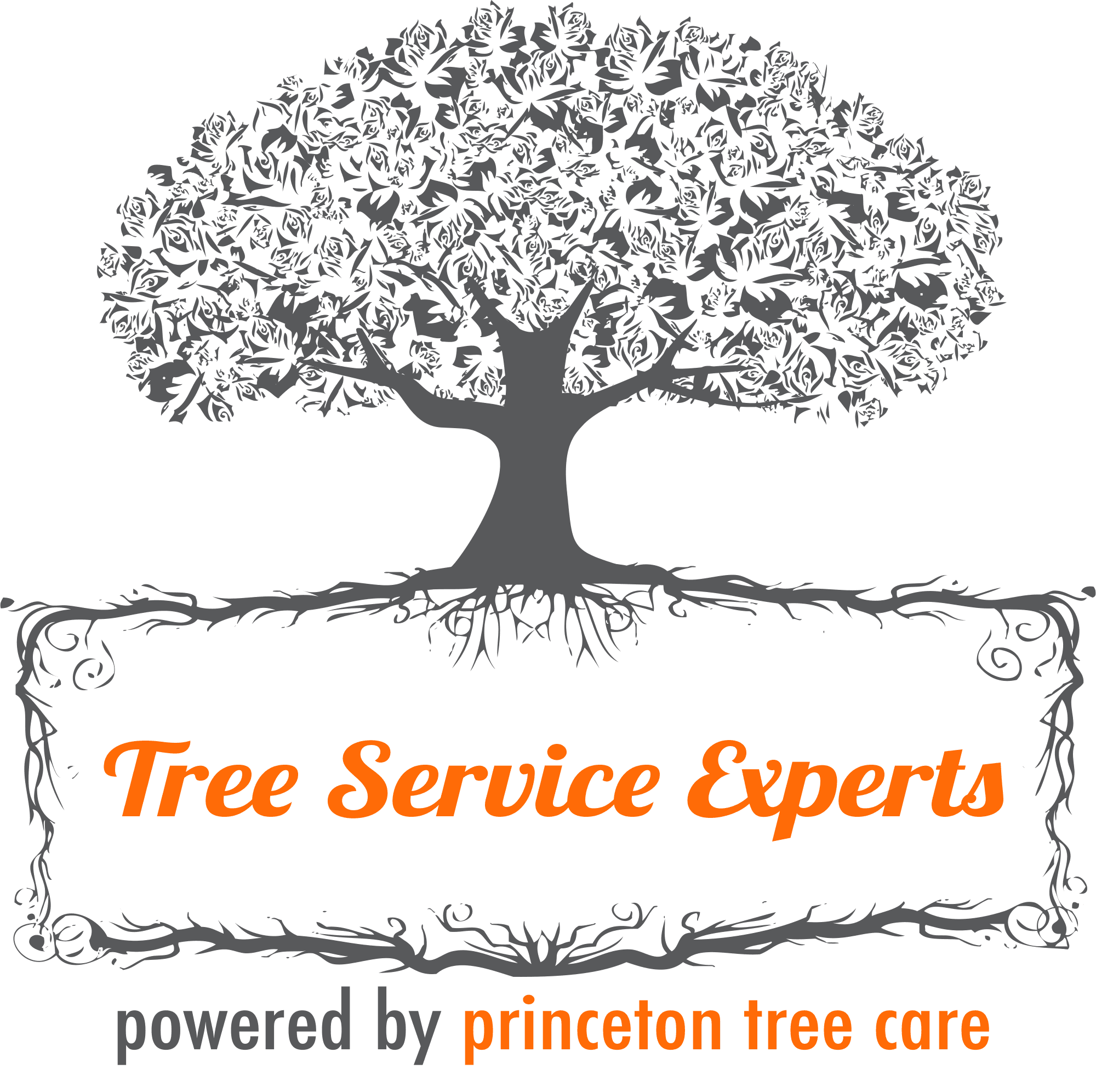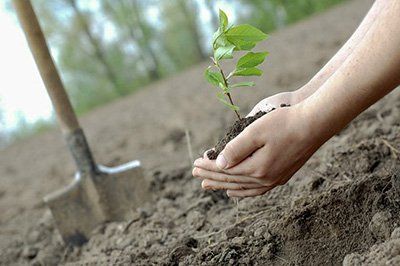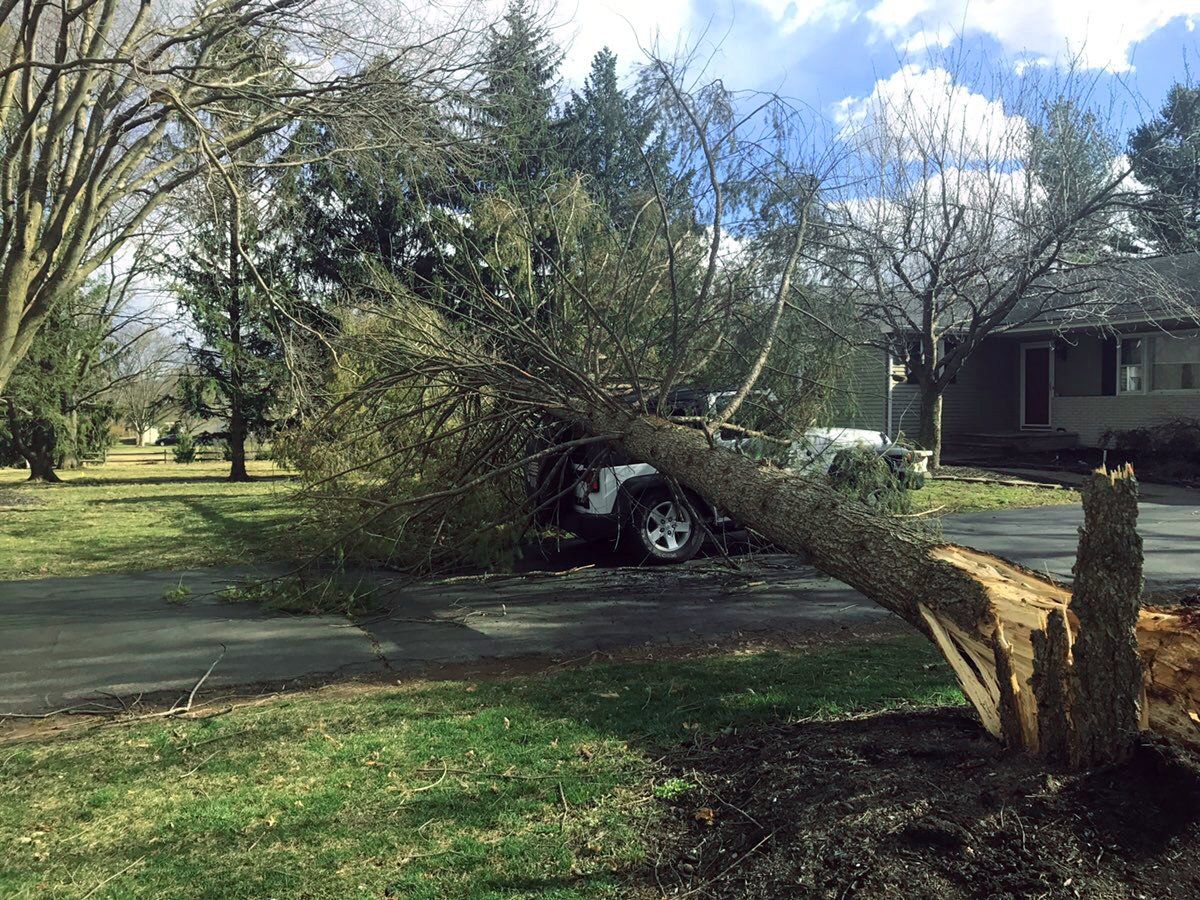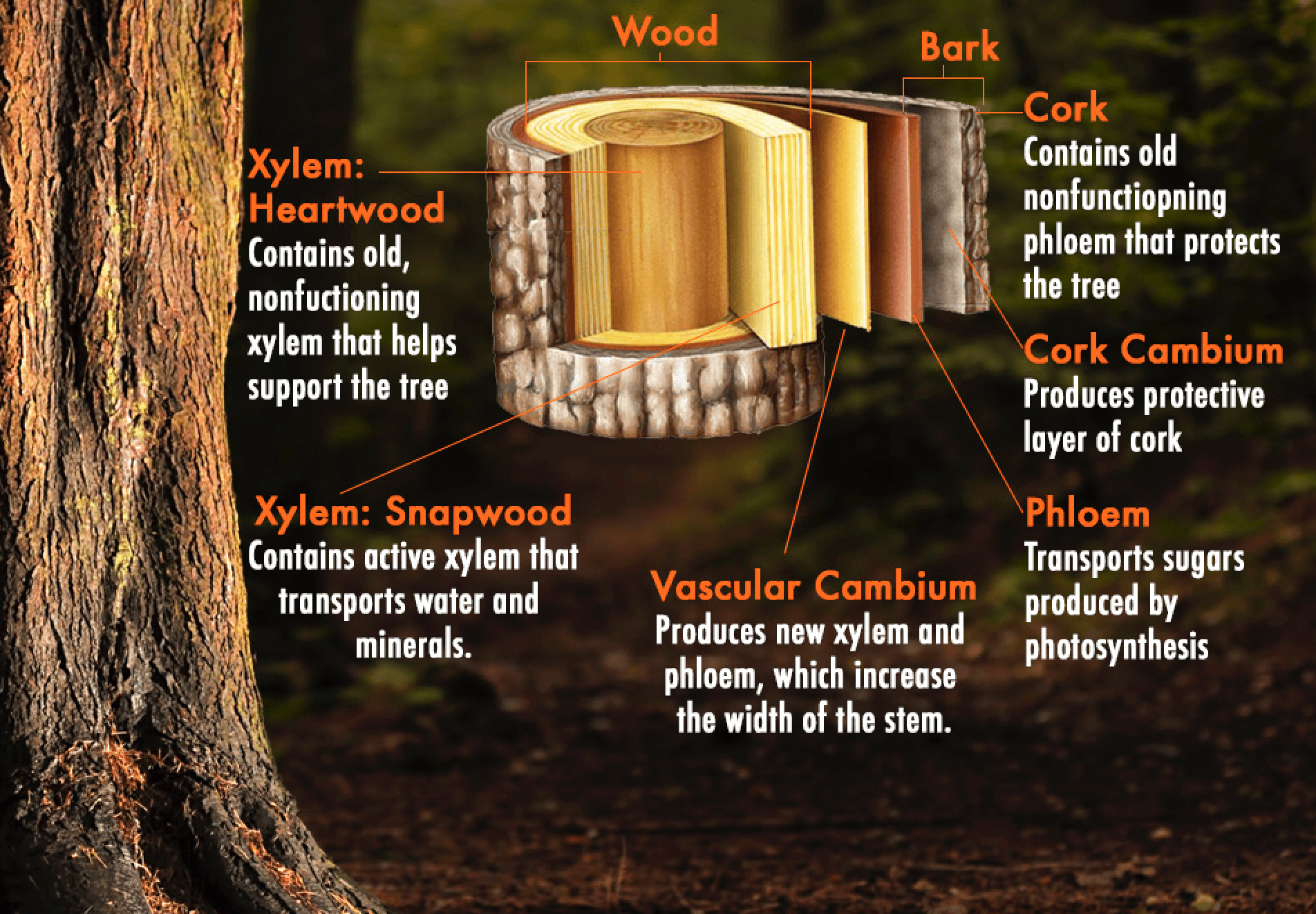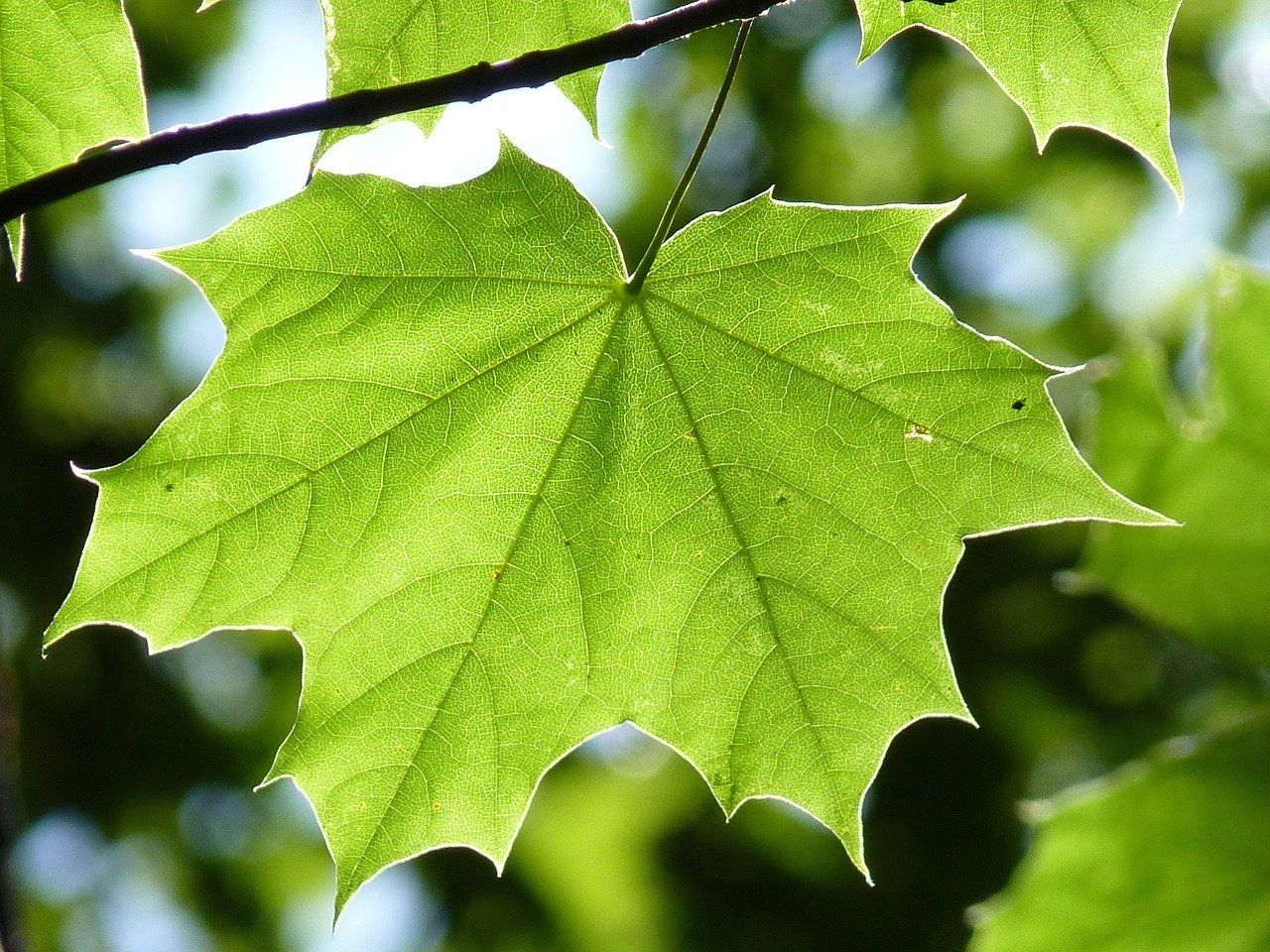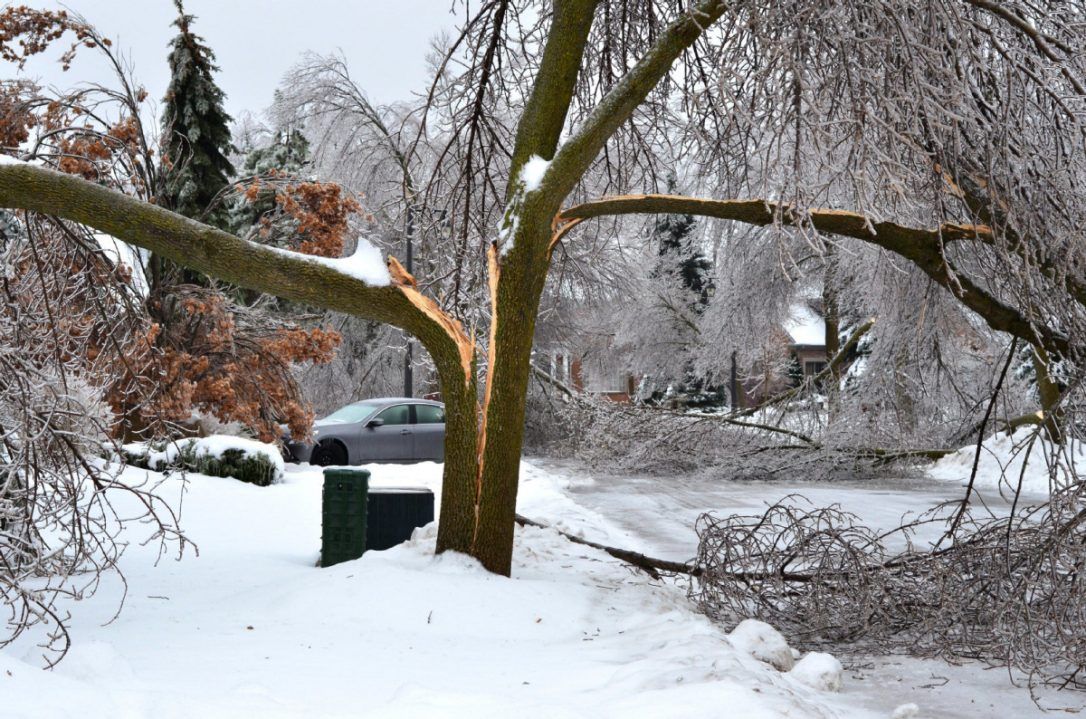HELP! Trees in the Urban Landscape
- By Tim Bruchez
- •
- 02 Feb, 2017
- •
Out of their element and forced to grow unnaturally, learn how to help your trees in the tough conditions of your yard.

Trees are pack creatures by nature. They form forests, surrounded by neighboring trees. They rely on one another for support and protection from the wind. They share nutrients from their dropping leaves that decompose, making the soil nutrient rich. They even communicate through their root systems and assist a neighboring tree with vital nutrients when needed.
The same tree transplanted into a grass filled yard is placed into an entirely stress filled environment. Often standing alone, this yard tree is solo in it's journey. Not benefiting from the nutrients provided from the decomposing leaf drop of the forest floor, the urban tree is often nutrient deficient, which causes branch die-back and makes the tree more susceptible to disease or insect attack.
On top of that, grass places direct competition on a tree for nutrients and rain water. Instead of growing tall an narrow to reach the sunlight, urban trees become lazier in their quest for height and end up pushing out large leader limbs at lower elevations along the trunk. This is made possible by direct sunlight.
There are many things that can be done to assist a tree in an urban setting. Center pruning should be performed every couple years to remove damaged limbs, sucker limbs and competing limbs. Through center pruning, we are able to help prevent pathogens from negatively effecting the trees health. We also help the tree manage growth, pruning it to grow in a way more in harmony with what nature intended. A trees health is greatly improved when grass around the tree base is replaced with wood chips.
If nothing is done to the urban tree, it's life will be shortened and it will rarely reach its full potential. Partnering with a tree service expert is a proactive step to help ensure your trees maintain optimal health and provide you with years of health benefits.
The same tree transplanted into a grass filled yard is placed into an entirely stress filled environment. Often standing alone, this yard tree is solo in it's journey. Not benefiting from the nutrients provided from the decomposing leaf drop of the forest floor, the urban tree is often nutrient deficient, which causes branch die-back and makes the tree more susceptible to disease or insect attack.
On top of that, grass places direct competition on a tree for nutrients and rain water. Instead of growing tall an narrow to reach the sunlight, urban trees become lazier in their quest for height and end up pushing out large leader limbs at lower elevations along the trunk. This is made possible by direct sunlight.
There are many things that can be done to assist a tree in an urban setting. Center pruning should be performed every couple years to remove damaged limbs, sucker limbs and competing limbs. Through center pruning, we are able to help prevent pathogens from negatively effecting the trees health. We also help the tree manage growth, pruning it to grow in a way more in harmony with what nature intended. A trees health is greatly improved when grass around the tree base is replaced with wood chips.
If nothing is done to the urban tree, it's life will be shortened and it will rarely reach its full potential. Partnering with a tree service expert is a proactive step to help ensure your trees maintain optimal health and provide you with years of health benefits.

Trees give life
. One mature deciduous tree gives oxygen enough for (5) five adults.
Trees support the ecosystem . From birds, and squirrels to the insects and nuts they feed on, trees play a vital role in providing homes for valuable members of our local neighborhood ecosystem.
Trees bring us happiness and peace . Research shows that a recovering patient will find recovery faster when surrounded by trees and nature. Get out of the hospital and into the forests to find happiness and peace.
Trees provide clean air . Think of trees as the earths HEPA filter. Trees help to filter our air.
Trees keep kids safe . Truth. Large shade trees around our home and yard keep the suns harmful UV rays from scorching our kids sensitive skin as they play in the yard.
Trees reduce our cooling costs . Through casting shade on our homes, trees help to keep our homes cool, reducing our cooling costs.
This is a short list of the many benefits that trees provide.
Trees support the ecosystem . From birds, and squirrels to the insects and nuts they feed on, trees play a vital role in providing homes for valuable members of our local neighborhood ecosystem.
Trees bring us happiness and peace . Research shows that a recovering patient will find recovery faster when surrounded by trees and nature. Get out of the hospital and into the forests to find happiness and peace.
Trees provide clean air . Think of trees as the earths HEPA filter. Trees help to filter our air.
Trees keep kids safe . Truth. Large shade trees around our home and yard keep the suns harmful UV rays from scorching our kids sensitive skin as they play in the yard.
Trees reduce our cooling costs . Through casting shade on our homes, trees help to keep our homes cool, reducing our cooling costs.
This is a short list of the many benefits that trees provide.
